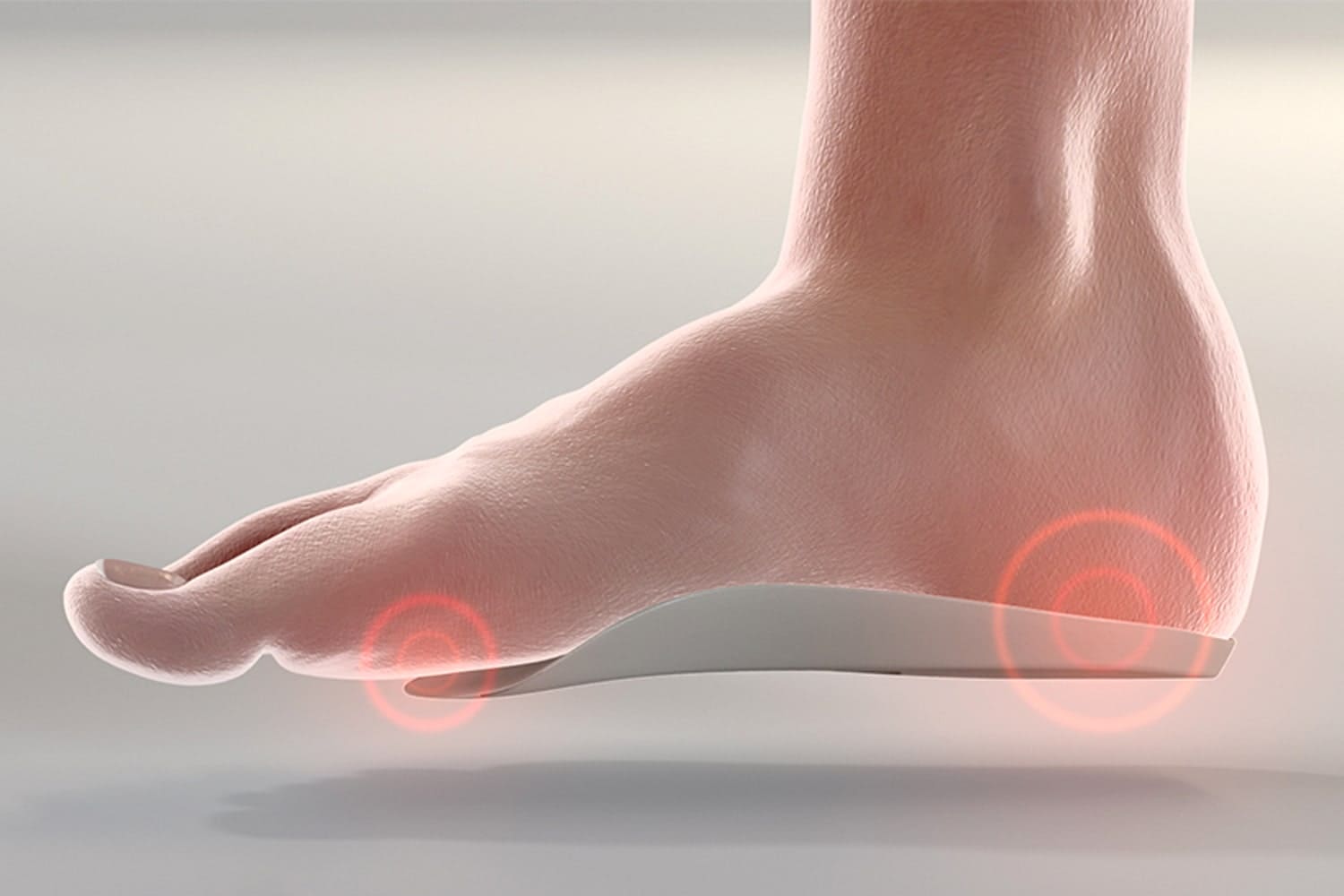Rheumatoid arthritis (RA) is a chronic autoimmune condition that targets multiple joints throughout the body.

While the exact cause of RA remains elusive, it is believed to have genetic underpinnings and may be triggered by infections or other environmental factors. This condition affects approximately 1% of the population, with women being three times more likely to develop it than men. Typically, symptoms manifest between the ages of 40 to 60.
Overview of Contents:
Affected Joints in Rheumatoid Arthritis:

Rheumatoid arthritis (RA) primarily affects the synovial joints, which are joints with a lubricating fluid-filled capsule. The most commonly affected joints in rheumatoid arthritis include:
Small Joints of the Hands and Wrists:
- The joints of the fingers, thumbs, and wrists are frequently affected by RA.
- This can lead to pain, swelling, stiffness, and deformities such as swan-neck deformity or boutonniere deformity.
Feet and Ankles:
- RA often targets the joints of the feet and ankles, leading to symptoms such as pain, swelling, stiffness, and deformities like bunions, hammertoes, or flat feet.
Knees:
- The knees are commonly affected by RA, causing pain, swelling, and stiffness. Inflammation in the knee joints can lead to difficulty walking or climbing stairs.
Elbows:
- RA can also affect the elbow joints, resulting in pain, swelling, and limited range of motion.
Shoulders:
- While less common than other joints, the shoulder joints can be affected by RA, leading to pain, stiffness, and reduced mobility.
Hips:
- RA can cause inflammation in the hip joints, resulting in pain and stiffness, particularly during movement or weight-bearing activities.
Cervical Spine:
- In some cases, RA can affect the cervical spine (neck), leading to instability, pain, and potentially neurological symptoms if the spinal cord becomes compressed.
RA can affect multiple joints throughout the body, leading to varying degrees of pain, inflammation, and functional impairment. Early diagnosis and appropriate treatment are essential for managing symptoms and preventing long-term joint damage and disability.
Foot and Ankle Involvement in Rheumatoid Arthritis:
Rheumatoid arthritis (RA) commonly affects the foot and ankle, and this involvement can significantly impact mobility and quality of life.

Here’s how RA affects the foot and ankle:
Symptoms:
- RA in the foot and ankle can cause symptoms such as pain, swelling, stiffness, and warmth around the affected joints.
- These symptoms can vary in severity and may worsen with activity or over time.
Deformities:
RA can lead to various deformities in the foot and ankle joints, including:
- Bunions: A bony bump that forms at the base of the big toe, causing it to deviate towards the other toes.
- Hammertoes: Abnormal bending of the toes, resulting in a claw-like appearance.
- Claw toes: Toes that bend upward from the joints at the ball of the foot, then downward at the middle joints and downward at the top joints, causing them to resemble claws.
- Flatfoot deformity: Collapse of the arch of the foot, leading to instability and difficulty walking on uneven surfaces.
Joint Damage:
- RA causes inflammation in the synovial lining of the joints, leading to cartilage damage, bone erosion, and joint deformities.
- Over time, this can result in joint instability, limited range of motion, and increased susceptibility to fractures.
Tendon Involvement:
- RA can affect the tendons around the foot and ankle, leading to tendonitis, tendon rupture, or tendon deformities.
- For example, inflammation of the Achilles tendon can worsen flatfoot deformity.
Impact on Mobility:
- Foot and ankle involvement in RA can significantly impact mobility and balance, making it difficult to walk, stand, or engage in physical activities.
- Individuals may experience difficulty climbing stairs, walking on uneven surfaces, or fitting into regular footwear.
Diagnosing Rheumatoid Arthritis in the Foot and Ankle:
Diagnosing rheumatoid arthritis (RA) in the foot and ankle involves a comprehensive assessment by a healthcare provider, including a combination of medical history, physical examination, and diagnostic tests. Here’s an overview of the diagnostic process:
Medical History:
- Your healthcare provider will begin by asking about your symptoms, medical history, and any family history of autoimmune diseases like RA.
- They will inquire about the specific location, duration, and severity of your foot and ankle symptoms.
Physical Examination:
- A thorough physical examination of the foot and ankle will be conducted to assess for signs of inflammation, deformities, and joint involvement.
- Your healthcare provider will look for swelling, warmth, tenderness, and changes in joint alignment or range of motion. They may also evaluate your gait and observe how you walk or stand.
Imaging Studies:
- Diagnostic imaging tests may be ordered to visualize the affected joints and assess for signs of inflammation, cartilage damage, and bone erosion.
- Common imaging studies used in diagnosing RA in the foot and ankle include:
- X-rays:
- X-rays can reveal changes in joint structure, such as joint space narrowing, bone erosions, and deformities.
- Ultrasound:
- Ultrasound imaging can detect inflammation, synovial thickening, and joint effusions in the foot and ankle joints.
- Magnetic Resonance Imaging (MRI):
- MRI scans provide detailed images of soft tissues, cartilage, and bone, helping to assess for joint damage and inflammation.
- X-rays:
Blood Tests:
- Blood tests are often performed to measure specific markers of inflammation and autoimmunity associated with RA. These may include:
- Rheumatoid Factor (RF): RF is an antibody present in the blood of many individuals with RA.
- Anti-cyclic citrullinated peptide (anti-CCP) antibodies: These antibodies are highly specific to RA and are often present in individuals with the disease.
- C-reactive protein (CRP) and erythrocyte sedimentation rate (ESR): These blood tests measure markers of inflammation, which are often elevated in individuals with RA.
Synovial Fluid Analysis:
- In some cases, a sample of synovial fluid may be extracted from an affected joint and analyzed to assess for signs of inflammation, infection, or other abnormalities.
By combining information from medical history, physical examination, imaging studies, and laboratory tests, healthcare providers can accurately diagnose RA in the foot and ankle and develop an appropriate treatment plan to manage the condition effectively. Early diagnosis and intervention are crucial for preventing joint damage and preserving mobility and function.
Treatment Approaches:
A multidisciplinary approach involving various healthcare professionals may be necessary for effective management. This team may include primary care physicians, rheumatologists, podiatrists, orthopedists, physical and occupational therapists, and social workers.
1. Nonsurgical Management:
While there is no cure for RA, nonsurgical interventions can help manage symptoms. These may include:
- Medications:
- Disease-modifying anti-rheumatic drugs (DMARDs), corticosteroids, and nonsteroidal anti-inflammatory drugs (NSAIDs) can help reduce inflammation and alleviate pain.
- Rest and Ice:
- Resting the foot and applying ice packs can help alleviate pain and inflammation.
- Footwear:
- Wearing supportive shoes with wide toe boxes and using orthotic inserts can provide relief and prevent further deformities.
- Bracing:
- Ankle braces can provide stability and support to alleviate pain and prevent injury.
2. Surgical Options:
- In severe cases where conservative measures fail to provide relief, surgery may be considered.
- Surgical interventions aim to correct deformities, alleviate pain, and improve function.
Are Arch Support Insoles Helpful to Aid Rheumatoid Arthritis?
Yes, arch support insoles can be beneficial for individuals with rheumatoid arthritis (RA) in the foot and ankle. Here’s how they can help:
Stability:
- Arch support insoles provide additional support to the arch of the foot, helping to stabilize the foot and ankle joint.
- This can be particularly beneficial for individuals with RA, as the condition can lead to weakened ligaments and instability in the foot.
Pressure Redistribution:
- Arch support insoles can help redistribute pressure evenly across the foot, relieving pressure on specific joints that may be affected by RA.
- This can help alleviate pain and discomfort associated with the condition.
Alignment:
- RA can cause changes in foot alignment, leading to conditions such as flat feet or collapsed arches.
- Arch support insoles can help maintain proper foot alignment, reducing the risk of further deformities and improving overall foot function.
Shock Absorption:
- Many arch support insoles are designed with cushioning materials that absorb shock during walking or standing.
- This can help reduce the impact on the joints, providing additional comfort for individuals with RA.
Prevention of Secondary Complications:
- By providing support and stability to the foot and ankle, arch support insoles can help prevent secondary complications such as calluses, ulcers, and deformities, which are common in individuals with RA.
Altogether, arch support insoles can be a valuable adjunct to the treatment of rheumatoid arthritis in the foot and ankle, helping to improve comfort, stability, and mobility for affected patients.
Search Arch Support Insoles Here:
While living with rheumatoid arthritis in the foot and ankle can be challenging, early diagnosis, a comprehensive treatment plan and ongoing management can help individuals maintain mobility and lead fulfilling lives. It’s essential to work closely with your healthcare team to tailor a treatment approach that addresses your specific needs and maximizes your quality of life.

Know More about Foot Care









